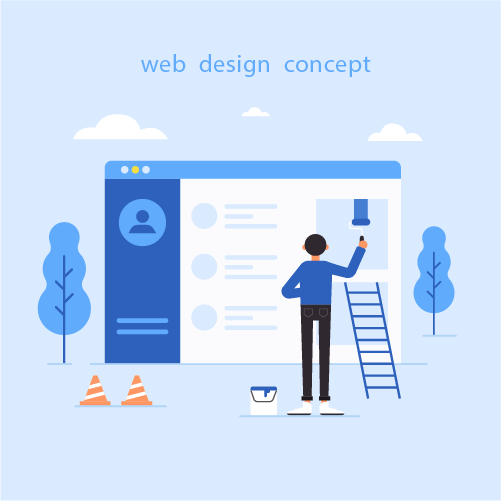1. Layout
Web designers determine the arrangement and placement of different elements on a web page, including headers, footers, navigation menus, sidebars, and content sections.
2. Color Scheme and Typography
Designers choose appropriate colors and fonts that align with the brand identity and enhance the website’s visual appeal. They consider readability, accessibility, and the emotional impact that colors and typography can have on the user experience.
3. Graphics and Images
Web design often incorporates graphics, icons, illustrations, and images to complement the content and convey information visually. Designers optimize these visual assets to ensure they load quickly and maintain good quality across different devices.
4.User Experience (UX)
Web designers focus on creating an intuitive and user-friendly experience for visitors. They consider factors such as ease of navigation, clear calls to action, responsive design for mobile devices, and logical information hierarchy to help users find what they need efficiently.
5. Responsivenes
With the increasing use of smartphones and tablets, web designers aim to create websites that adapt and display properly on different screen sizes and devices.


